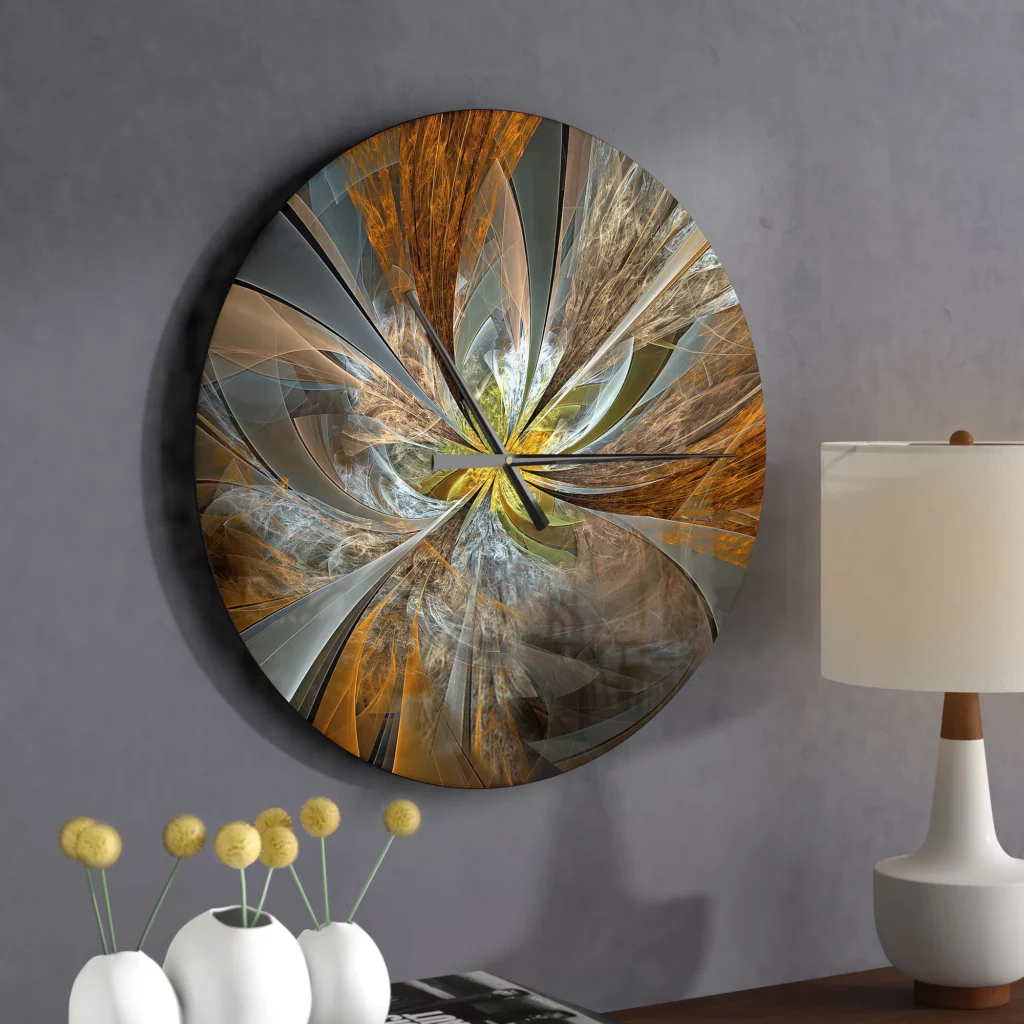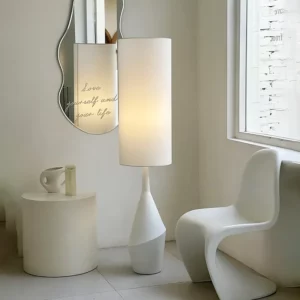Symmetry and asymmetry are essential concepts in design, art, and technology. Understanding these principles can enhance your design choices and product effectiveness. This article provides an in-depth look at symmetry and asymmetry, their benefits, and practical applications with real-world examples.
Understanding Symmetry
Symmetry involves balanced and proportionate arrangements of elements, creating a sense of harmony and order. This principle is often associated with beauty and stability.
Applications of Symmetry
- Architecture: Symmetry is a key element in classical architecture. Buildings such as the Parthenon in Athens use symmetry to create a sense of grandeur and balance, with evenly spaced columns and a central alignment.
- Art: Symmetry is frequently used in art to achieve aesthetically pleasing compositions. Leonardo da Vinci’s “Vitruvian Man” is a notable example, using symmetry to illustrate human proportions and anatomical accuracy.
Benefits of Symmetry
- Aesthetic Appeal: Symmetrical designs are often perceived as more beautiful due to their balance and proportion.
- Functional Stability: Symmetry enhances stability and performance. For instance, symmetrical aircraft wings contribute to balanced flight.\
Classic Symmetrical Wall Clock

-
- Description: This wall clock features a symmetrical design that suits both modern and traditional interiors.
- Pros: Timeless elegance, reliable timekeeping.
- Cons: Limited design variety.
- Features: Precision quartz movement, classic aesthetic.
Understanding Asymmetry
Asymmetry involves uneven or unbalanced arrangements of elements, creating a dynamic and engaging effect. This principle is often used to convey creativity and energy.
Applications of Asymmetry
- Design: Asymmetry is prevalent in modern design, where it is used to create distinctive and innovative visuals. Contemporary furniture and décor often feature asymmetrical elements.
- Nature: Asymmetry is evident in natural forms, such as the irregular shapes of leaves or the branching patterns of trees, highlighting the beauty of natural diversity.
Benefits of Asymmetry
- Dynamic Appeal: Asymmetrical designs capture attention and create visual interest.
- Creative Freedom: Asymmetry allows designers to explore unconventional shapes and layouts, leading to unique and original creations.
Modern Asymmetrical Floor Lamp

-
- Description: This floor lamp features an asymmetrical design, serving as a striking focal point in contemporary spaces.
- Pros: Eye-catching design, adjustable lighting.
- Cons: May not complement traditional décor styles.
- Features: Adjustable arms, energy-efficient LED lighting.
Comparing Symmetry and Asymmetry
When deciding between symmetry and asymmetry, consider the following:
- Design Flexibility: Symmetry is ideal for traditional and formal designs, providing balance and order. Asymmetry is better for modern and innovative applications, allowing for more creative expression.
- Visual Impact: Symmetrical designs offer stability and harmony, while asymmetrical designs add dynamism and excitement.
Where to Buy Symmetrical and Asymmetrical Products
- Classic Symmetrical Wall Clock: Available at www.wayfair.com
- Modern Asymmetrical Floor Lamp: Available at casalolalights.com
Benefits of Specific Products
- Classic Symmetrical Wall Clock: Provides a blend of functionality and timeless design, fitting various home styles.
- Modern Asymmetrical Floor Lamp: Offers modern aesthetics and practical lighting, ideal for contemporary settings.
FAQs
1. What is the difference between symmetry and asymmetry?
Symmetry involves balanced and proportional arrangements that create a sense of harmony, while asymmetry features unbalanced arrangements that create visual interest and dynamism.
2. Where are symmetry and asymmetry used in design?
Symmetry is used in classical architecture and traditional art to create balance and formality. Asymmetry is used in modern design and natural forms to provide creativity and uniqueness.
3. How do I choose between symmetrical and asymmetrical designs?
Choose symmetry for designs requiring balance and elegance. Opt for asymmetry to achieve dynamic, creative, and unconventional effects.
Understanding these principles can enhance your design choices and product effectiveness, whether you prefer the balanced elegance of symmetry or the innovative flair of asymmetry.